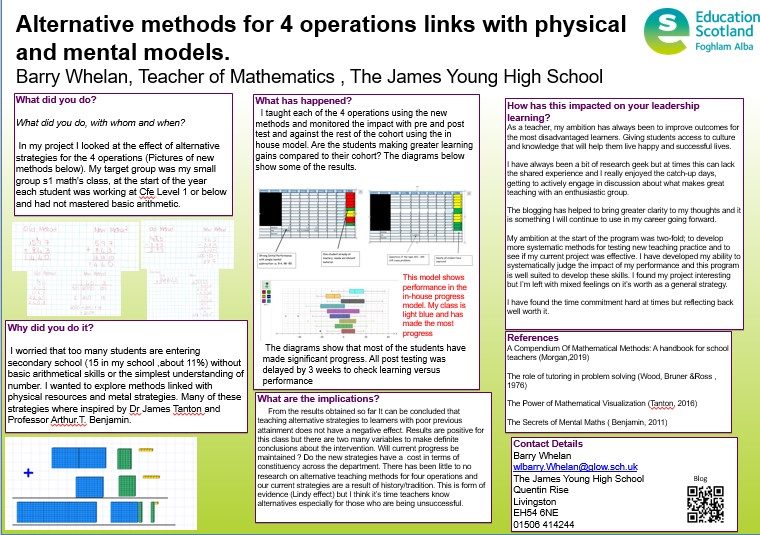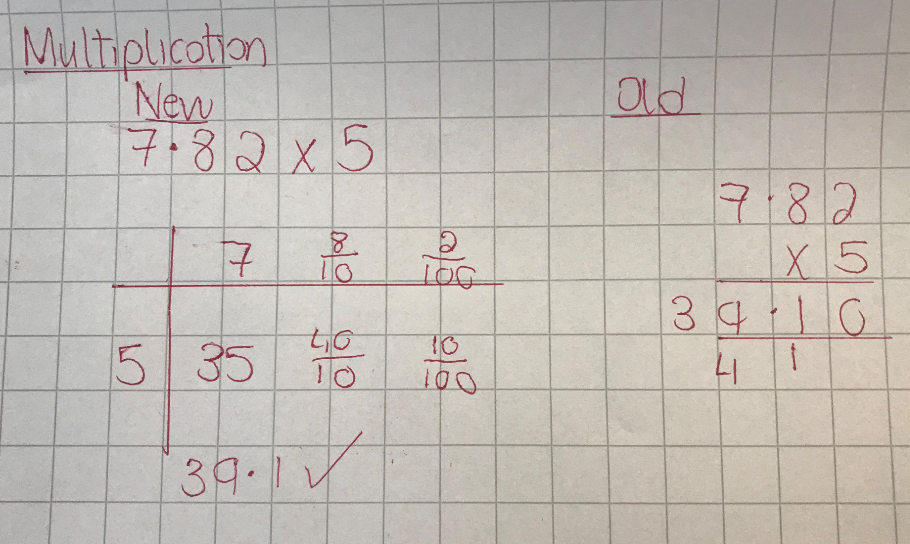The truth is I think we should be really worried about Scottish Education. It used to be a truism that to be educated in Scotland was a sign of excellence,

The latest set of the Reading result was hailed as improving but this improvement was from our previous lowest ever score. Some may object, PISA doesn’t measure anything important? I would ask how would you compare international performance? What is wrong with its findings? Others would suggest you can’t really compare countries. I think this has some validity; for reading Its unlikely a language with a deep orthography (English) will ever be as easy to learn in comparison to languages with swallow orthography (Finish) but the counterpoint is we are doing worse in comparison with ourselves and our nearest neighbours.

If austerity is the cause, why have England bucked the trend? We used to be no1 of the 4 nations for maths, we are scrapping third and if current trends continue we will be fourth next time around. The scrapped SSLN tells a similar story for literacy and numeracy.
What’s this to do with teacher leadership you ask? Everything, we must look at the changes we have brought in since we began teaching with an extremely critical eye, our country is in educational decline.
Programs like the teacher leadership program will help, asking professional to engage in an enquiry project and professional reading, though for me a greater focus on critique is key. The difficultly with teaching is most interventions work but others may have worked more effectively, this must be made clear and we should be sceptical of our own cognitive bias.
We need to base our education system less on the works of philosophers and more of the work of the researchers/scientists. We need a system in Scottish schools similar to progress 8, this way we can start to compare schools on results, not philosophy. If it works we should do more of it If It doesn’t we should do less.
This matters to me, every decline in the system is another poor student left with a life of illiteracy, innumeracy and a locked door to our shared cultural history. Teachers need to lead this battle.












